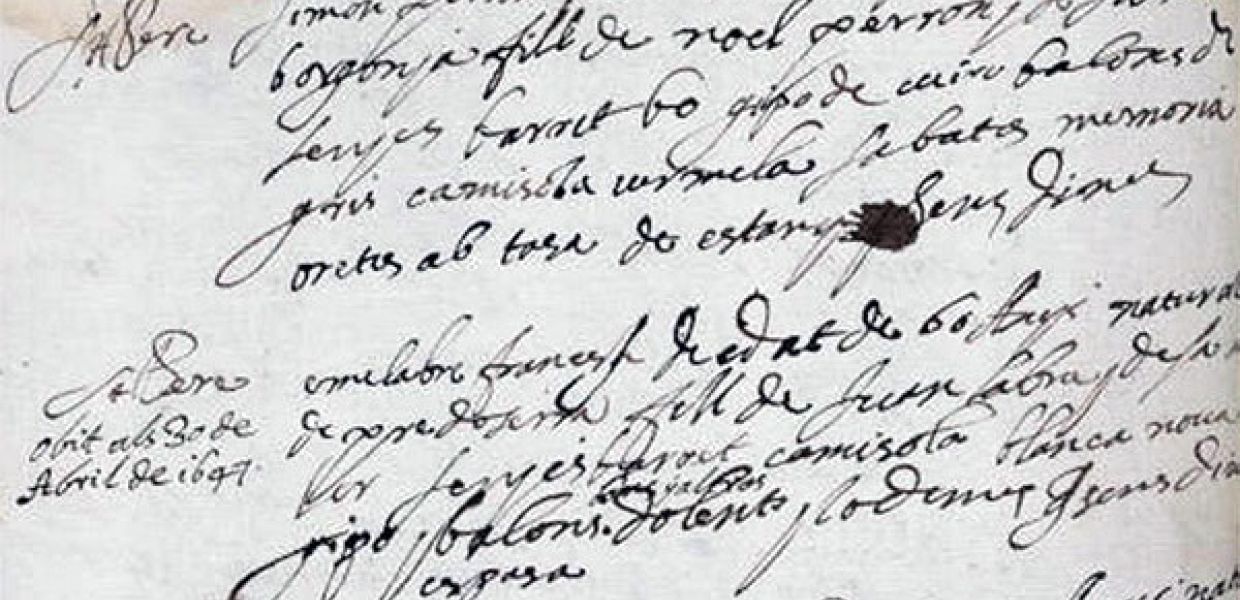The open collections of Biblioteca de Catalunya


A page from: Llibres d'entrades de malalts. 1647-1648. Biblioteca de Catalunya, Public Domain.
At Europeana, you can discover millions of public domain works in all shapes and forms. One of the institutions that made their public domain collection available through Europeana is Biblioteca de Catalunya. Their own collection consists of more than 13,000 items. To learn more about Biblioteca de Catalunya's stunning public domain collection, we spoke to Eugènia Serra Aranda, the director of the library.
Opening up the collections of Biblioteca de Catalunya has been part of their strategic goal. However, there is more than strategy; there is also drive and passion to give people access to information and knowledge as much as possible. `We do not have a specific open access policy, but our strategic documents include several references to the commitment of the library to promote open access. We understand that open access is the way to facilitate a wider access to knowledge and to promote the development of societies.’
Biblioteca de Catalunya opened up the entire collection of incunabula (a book, pamphlet, or printing that was printed —not handwritten—before the year 1501 in Europe), all the papers of the Catalan poet Joan Maragall, and part of the collection of parchments, letters, printed music, maps, photographs, etc. We asked Eugènia to highlight a significant piece from their public domain collection, but with so many items, she said it was difficult to pick only one:
'There’s the Cançoner Gil; it is a spectacular songbook from the 14th century of Occitan origin. It doesn't contain the musical notation - just the poems to be read by troubadours. It is a handwritten document, made of parchment with precious initial letters and decorated margins. The story of how it came to this library is interesting. At the beginning of the 20th century, this book belonged to a professor who put it on sale. It had a very high price and there was more than one library interested. In order to assure that the document would remain in Catalonia, ten wealthy patrons decided to gather the amount necessary to acquire it, and then they donated it to the Biblioteca de Catalunya. Ever since, it continues to be one of our most appreciated treasures.´
´I would also like to remark on the collection of books of patients of the Hospital de la Santa Creu in Barcelona. The Biblioteca conserves the collection of books of admissions from the 15th-18th centuries, in which sick people were registered when they entered the hospital. It is a collection of extraordinary value for demography, onomastics, and to understand the way of life and customs of this period. The description of many patients includes a name, surname, age, gender, origin, clothes, belongings, sometimes the disease and if they died or left the hospital healthy.´
Explore Biblioteca de Catalunya’s diverse public domain collection through Europeana.
This article was written as part of Europeana’s previous #PublicDomainMonth - a month dedicated to sharing knowledge, best practices and events all related to the Public Domain. You can read and share the full Public Domain Charter. You can also get involved by following #PublicDomainMonth and @EuropeanaIPR on Twitter.
